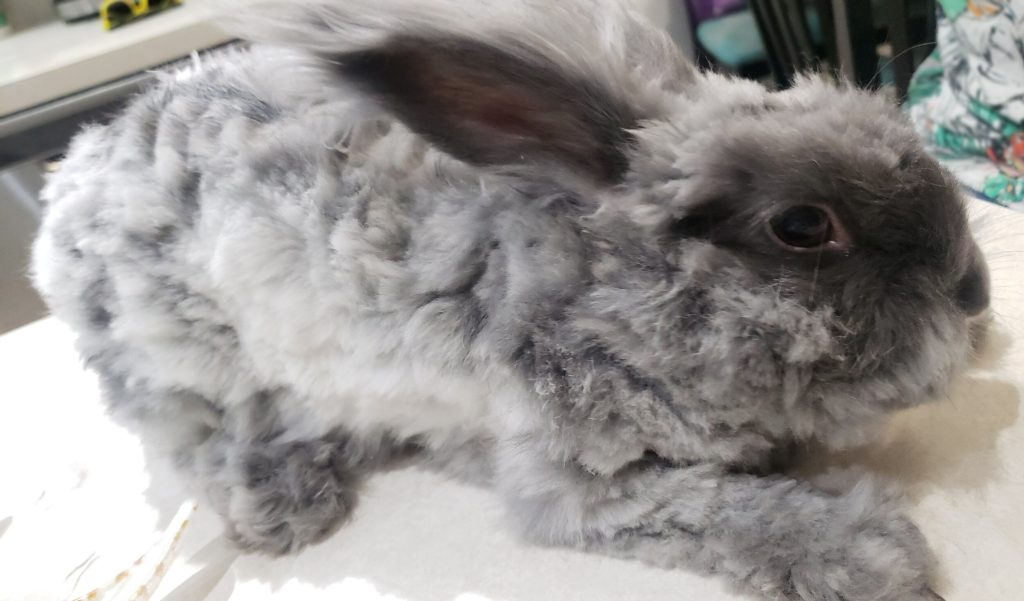Meet the Troop: Ambassadors of Conservation
At Madi’s Mission, we proudly introduce you to our amazing troop of animal ambassadors, each playing a vital role in conservation education. From Madi, our playful Ring-Tailed Lemur, to Rayna, the impressive Reticulated Python, every member of our troop teaches us about the importance of biodiversity, endangered species, and habitat preservation. Hoping to inspire a love for nature and wildlife, these animals educate visitors on environmental threats and how we can all make a difference. Their stories highlight the importance of conservation and how small changes in our behavior can have a lasting impact on preserving wildlife and natural habitats. Join us for an unforgettable experience and learn more about how you can help protect these incredible creatures and their homes.
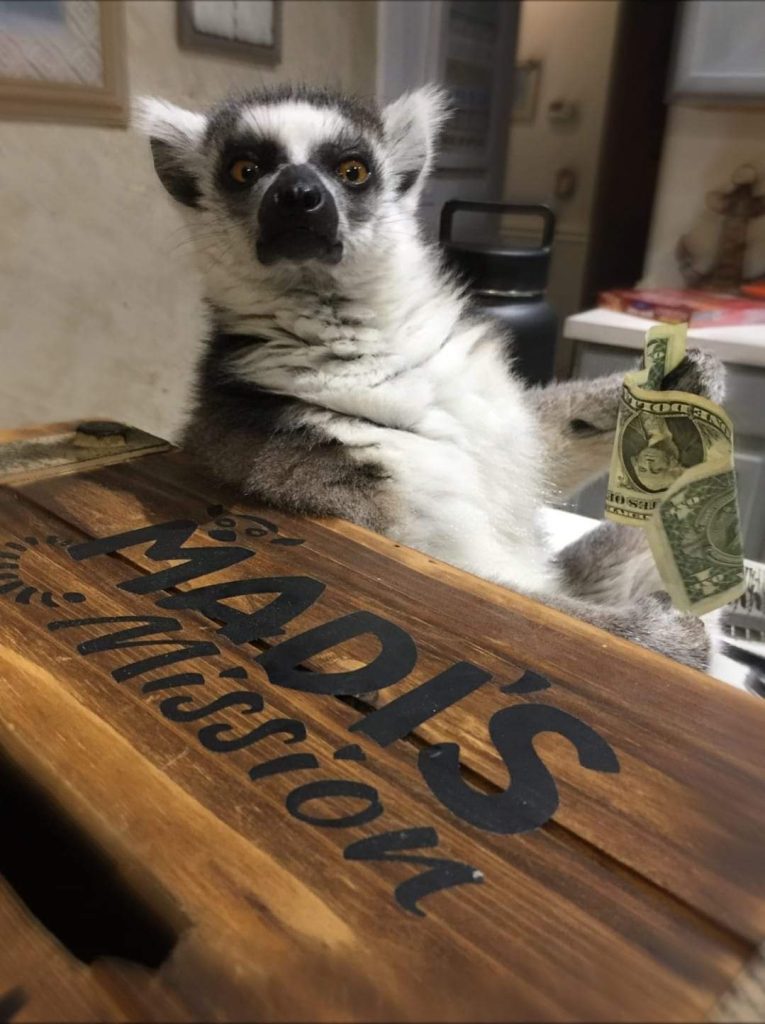
Madi: The Conservation Ambassador
Nickname: Mad Dog
When he’s not educating or inspiring others, Madi loves playing with his troop and snuggling with his favorite stuffed penguin toy. Madi’s all-time favorite snack is getting a few licks of a lollipop! His sweet nature and funny reactions to his human mom’s shenanigans makes him a favorite among his followers on social media, but his mission is serious: raising awareness about deforestation in his homeland.
Learn how you can help protect his natural habitat and support global conservation efforts!
Rayna: The Reticulated Python
Rayna enjoys curling up on her favorite rock way up high in her enclosure safe from predators and just enjoys life.
Come meet Rayna and discover the beauty and mystery of pythons, and learn why these misunderstood creatures are vital to biodiversity.
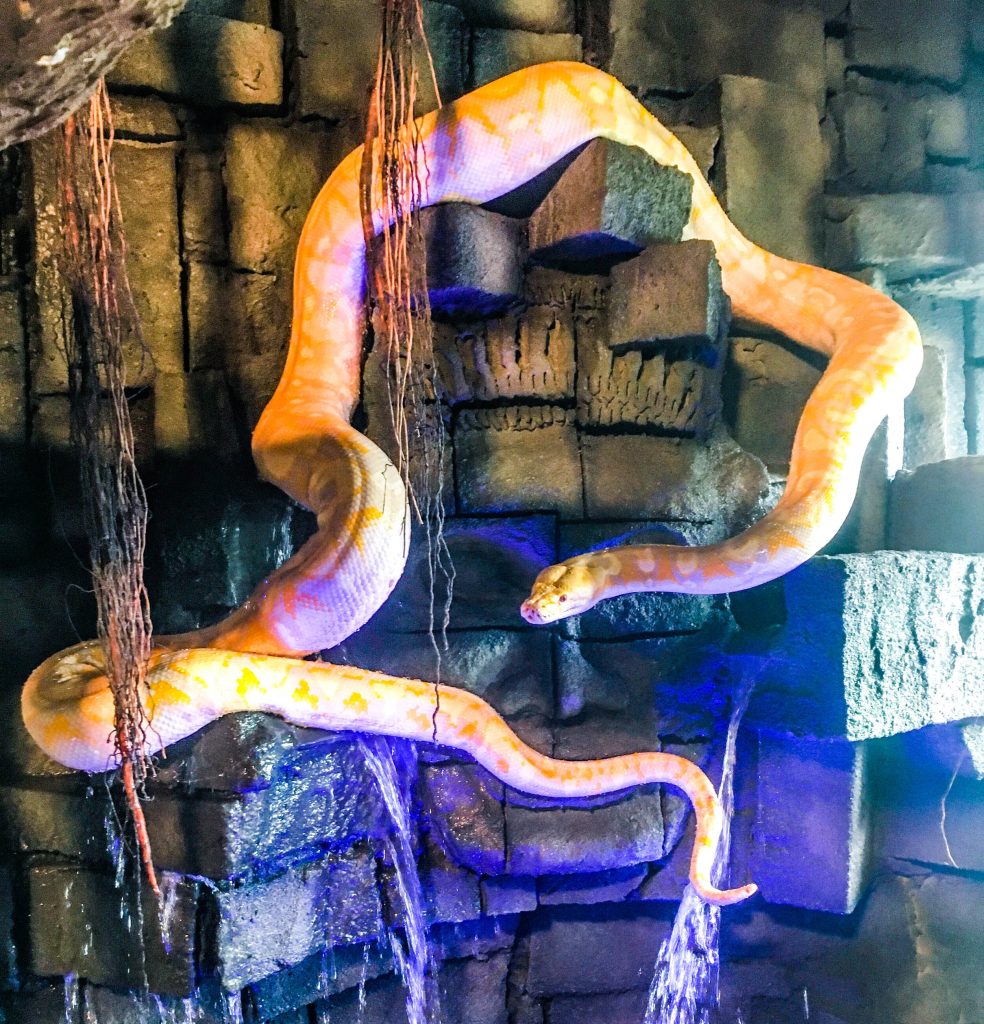
Ponche: The Striking Red Blood Python
Despite her striking appearance, Ponche is calm and enjoys spending time curled up in her favorite cozy spots near her roomate, Rayna. Sharing a space as they would in the wild where both python species inhabit the same area of forest. Unlike other pythons, Red Blood Pythons are known for their patience—Ponche can sit still for hours, waiting for the perfect moment to strike while hunting in the wild!
Come meet Ponche and learn more about this amazing species and their vital role in controlling small mammal populations in their natural habitats.
Sheldon (Nickname Shell'quil O'Neil & Tiny (Nickname Tiny Tortellini) : The Dynamic Tortoise Duo
Rayna enjoys curling up on her favorite rock way up high in her enclosure safe from predators and just enjoys life.
Come meet Rayna and discover the beauty and mystery of pythons, and learn why these misunderstood creatures are vital to biodiversity.
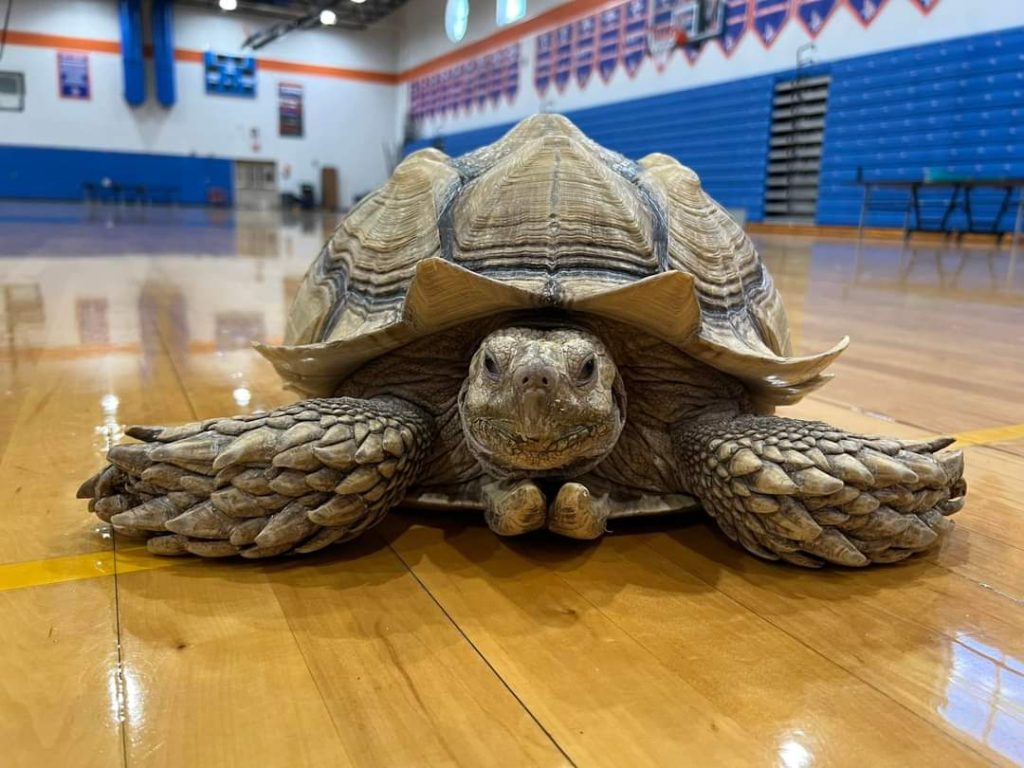
Wally – The Adventurous Asian Water Monitor
Asian Water Monitors can grow to over 8 feet in length and weigh up to 60 pounds, making them one of the largest lizards in the world! Wally is still growing, and we’re excited to see how big he’ll get.
Water Monitors are known for their intelligence and versatility, making them one of the most successful monitor species in the world. Wally’s presence here helps us educate visitors about the importance of conserving wetland habitats and protecting the diverse species that rely on these environments.
At Madi’s Mission, Wally enjoys basking in the sun and cooling off with a refreshing swim in his pond. A carnivorous hunter by nature, his favorite food is shrimp, which he eagerly eats when hand-fed by his caregivers.
Tsiky – The Smiling Dumeril’s Boa
Dumeril’s Boas are non-venomous constrictors, relying on their strength to subdue prey. Despite their intimidating size and power, they are generally calm and docile, making them fascinating ambassadors for snake conservation. Tsiky’s presence helps us teach visitors about the importance of conserving Madagascar’s unique ecosystems and protecting species like hers from habitat loss and deforestation.
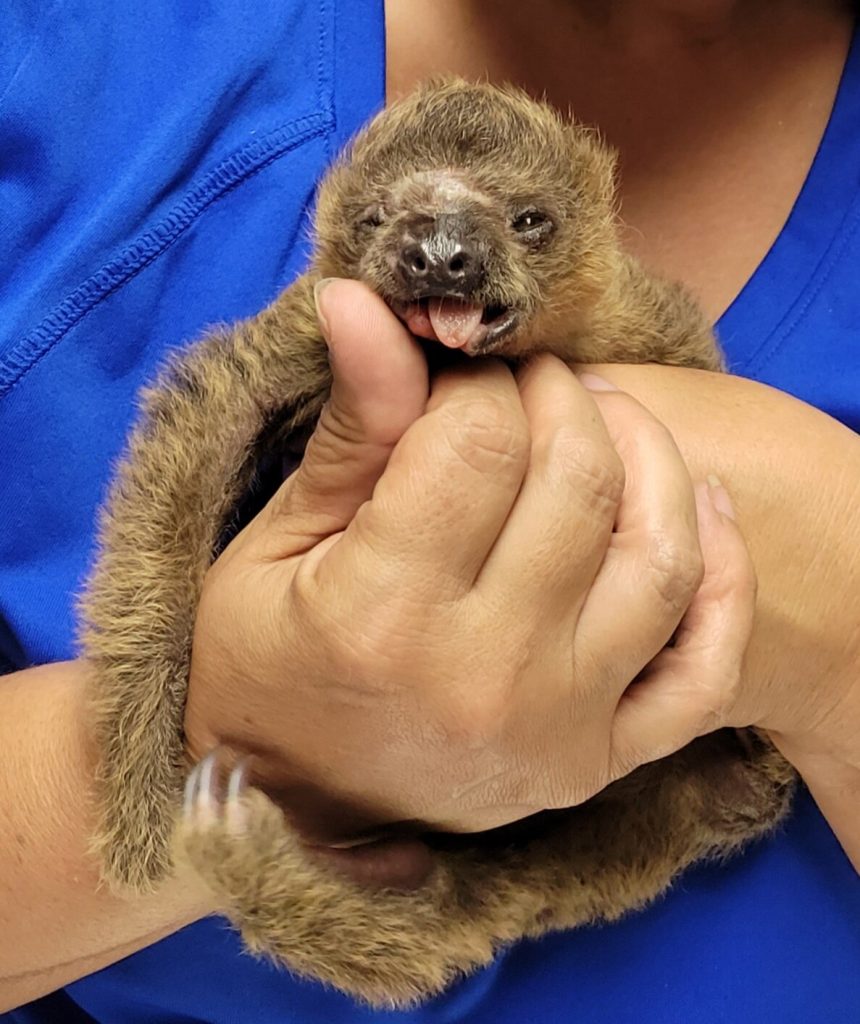
Serena
Angel
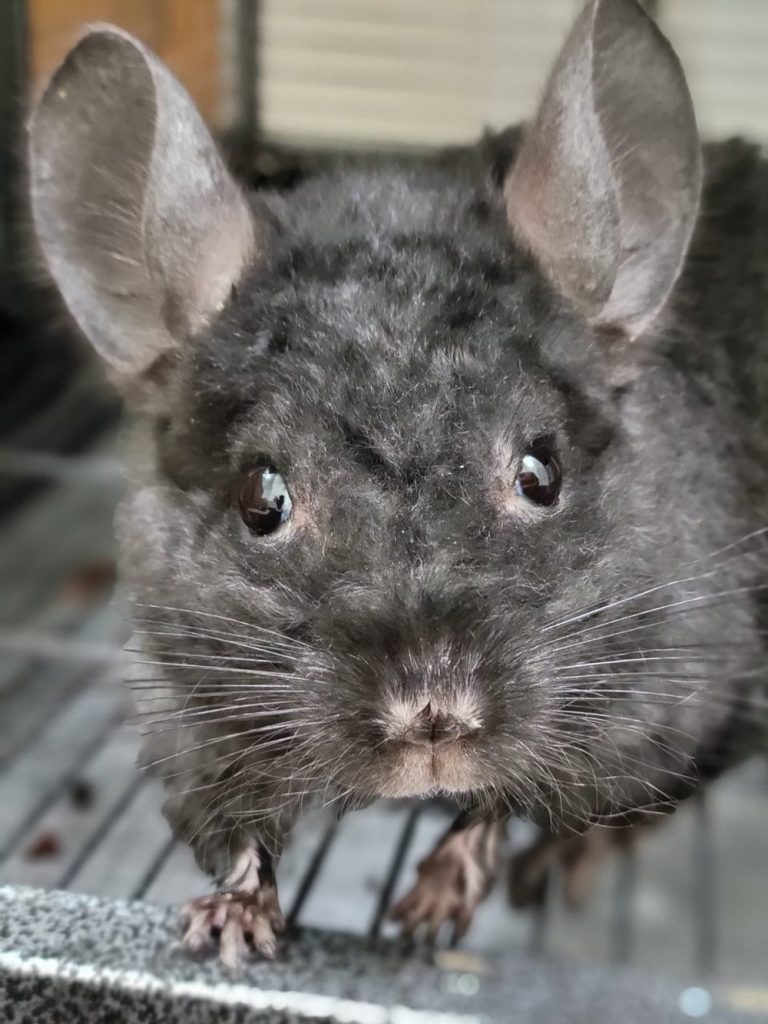

Rose
Mini Mouse: The Playful Albino Banana Ball Python
Mini Mouse’s favorite hobby? Having a spa day in the sink and slithering through a cozy fort of blankets! She loves to explore her surroundings in the most fun and creative ways. Ball Pythons are known for curling into a tight ball when they feel scared, but here at Madi’s Mission, Mini Mouse feels right at home.
Come meet Mini Mouse and learn more about the fascinating world of pythons and their critical role in our ecosystem!

Gizmo
Blue
